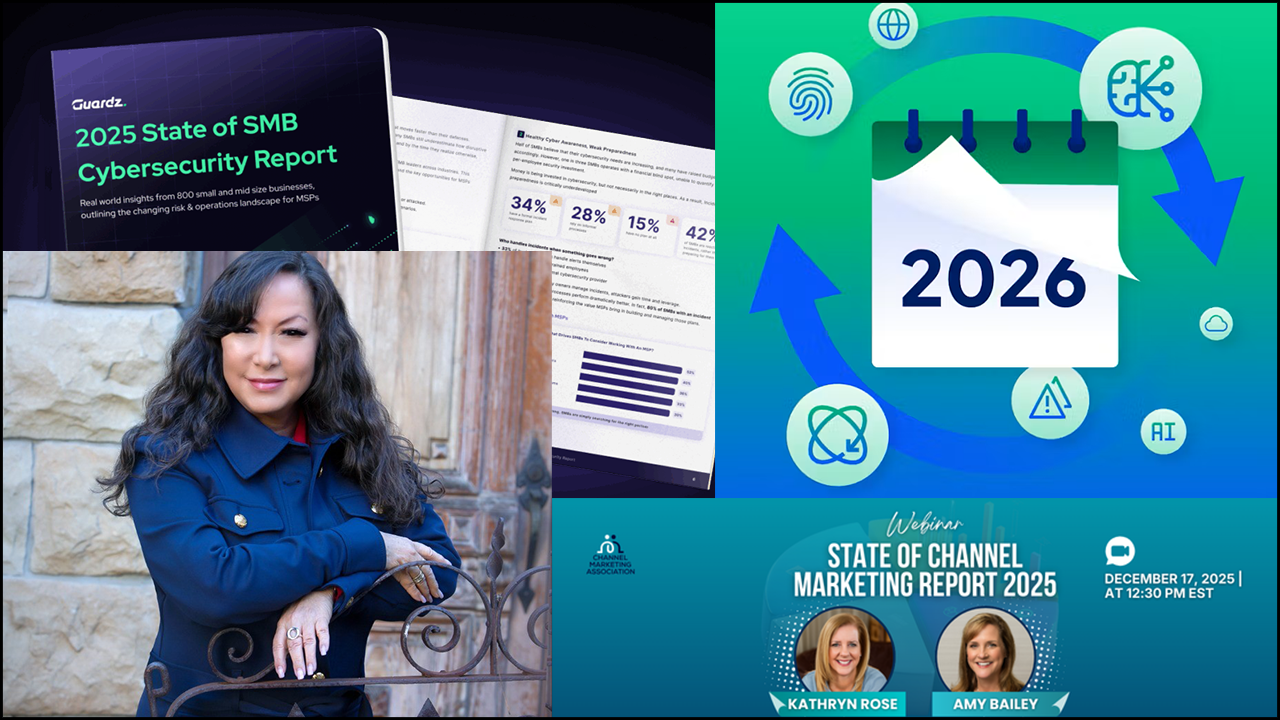In today’s threat landscape, cyberattacks move faster than ever. This means that MSPs are often the first and only line of defense for small and midsize businesses (SMBs).
According to Kaspersky, nearly 25% of all critical cybersecurity events target IT infrastructure, placing MSPs directly in the blast zone. For SMB clients, a missed alert or delayed response can be catastrophic.
Traditional methods like email alerts or manual escalations are no longer enough. To keep pace with attackers and protect clients in real time, MSPs must adopt smarter, automated incident notification tools that ensure the right person is alerted immediately, every time.
How MSPs Can Win with Smart Alerting
Here are six ways smart alerting can help MSPs prevent downtime, reduce burnout, and protect their clients and reputation.
1. Deliver Instant Alerts that Break Through the Noise
Milliseconds matter. Ditch email-only notifications and use persistent alerting tools that override Do Not Disturb (DND) settings and alert until acknowledged. If alerts are buried in inboxes or missed during shift changes, attackers gain precious time to move laterally and deepen their attack.
Persistent, automated notifications send urgent issues to the right person instantly, regardless of time or device status. This proactive alerting model is a proven method. IBM reported that organizations using automated response systems reduce breach costs by up to 95% compared to those using manual escalation.
2. Automate Escalation to Cut Downtime and Save Money
Delays are expensive. Set up automated escalation workflows that trigger additional responders if the first on-call person doesn’t act. Statista puts the average global cost of a data breach in 2024 at $9.36 million in the U.S.
Automated alerting platforms eliminate slow communication chains and ensure that a responder is always activated. Even during nights, weekends, or holidays, the system works for you. It escalates automatically, without gaps or manual follow-ups. That results in faster response times, fewer SLA penalties, and a better reputation with your clients.
3. Coordinate Global Response with Time-zone Intelligence
MSPs often support clients across various geographies and time zones. Managing global coverage with traditional methods is nearly impossible without overworking your staff. Smart alerting platforms solve this with built-in “follow-the-sun” scheduling, intelligent routing, and on-call integrations. These platforms send alerts to the correct person based on availability and location.
The platform knows who is on call, when they’re available, and which region they cover. This minimizes confusion while maximizing responsiveness. It also ensures 24/7 global coverage without burning out your team or adding unnecessary headcount.
4. Reduce Alert Fatigue with Smart Prioritization
Alert fatigue is a growing issue in cybersecurity. Trend Micro reported that 70% of IT professionals experience it regularly. For MSPs who often juggle multiple environments and clients, it becomes overwhelming.

Judit Sharon
Smart notification systems address this by using severity-based filtering to highlight critical incidents and suppress noise. Nonurgent alerts are automatically deprioritized or delayed during high-volume periods. Meanwhile, urgent threats are pushed through persistent channels.
The result is faster reactions, fewer missed incidents, and less burnout.
5. Make Compliance Easy With Built-in Audit Trails
Regulatory compliance is critical for MSPs supporting healthcare, finance or government clients. Frameworks like HIPAA, GDPR, and NIST require clear, structured incident response processes and documentation.
Smart alerting platforms automatically log every step in the notification and response process, from the initial alert to resolution. These built-in audit trails demonstrate compliance during audits and reviews. Automated response tools are a smart investment in both security and peace of mind.
6. Integrate Alerting with Your Entire Security Stack
Today’s alerting platforms are part of a broader, integrated cybersecurity ecosystem. For maximum effectiveness, MSPs must connect their alerting system with tools like SIEM (security information and event management), EDR (endpoint detection and response) and threat intelligence platforms.
This integration allows data from multiple sources to be instantly analyzed, prioritized, and turned into actionable alerts. For MSPs, that means faster detection, smoother workflow, and less manual labor.
Bottom Line: Smart Alerting Is Not Optional
As cyber threats grow in speed and sophistication, your alerting strategy must evolve to match them. If you’re still relying on inbox alerts, manual escalation trees, or static workflows, you’re leaving clients and your business vulnerable.
Implement automated, integrated, and intelligent notification systems to shrink response times, strengthen compliance, reduce burnout, and increase client trust.
Remember, smart alerting isn’t just a nice-to-have. It’s your frontline defense.
Judit Sharon is CEO and founder of OnPage Corporation, a provider of an advanced, secure critical communication, and collaboration platform. The platform is designed to ensure that urgent alerts are never missed.
Featured image: iStock












